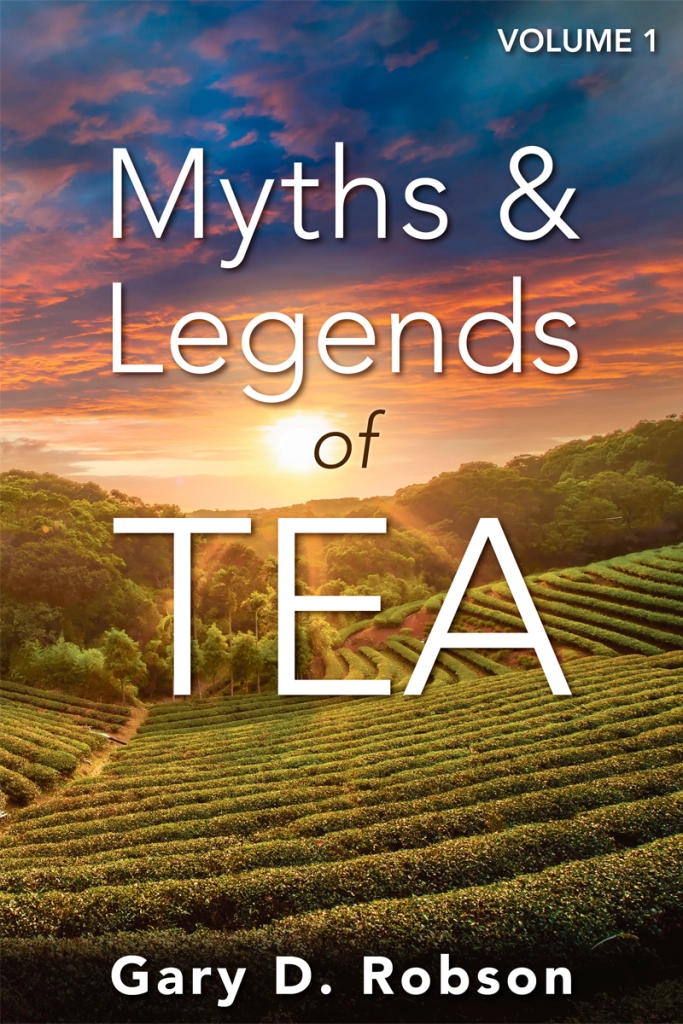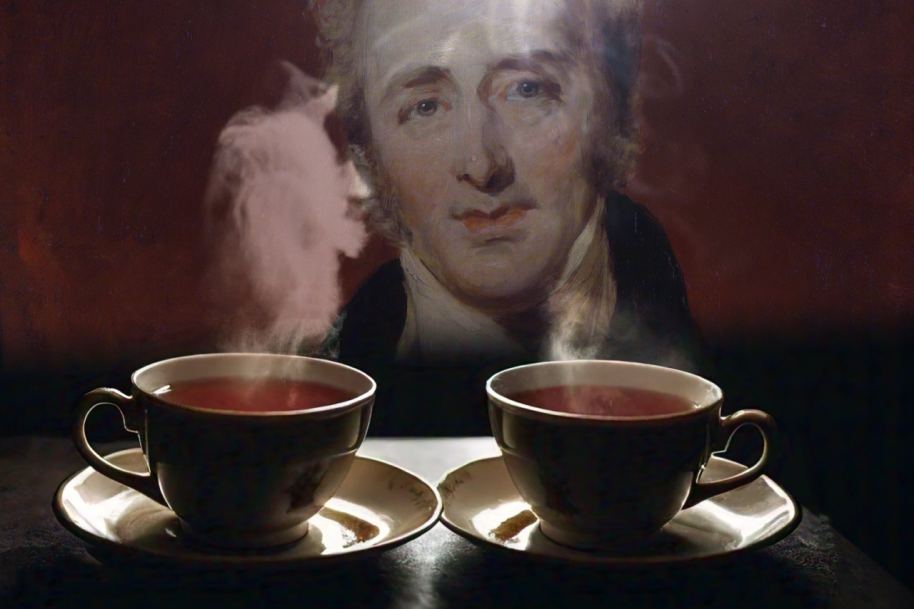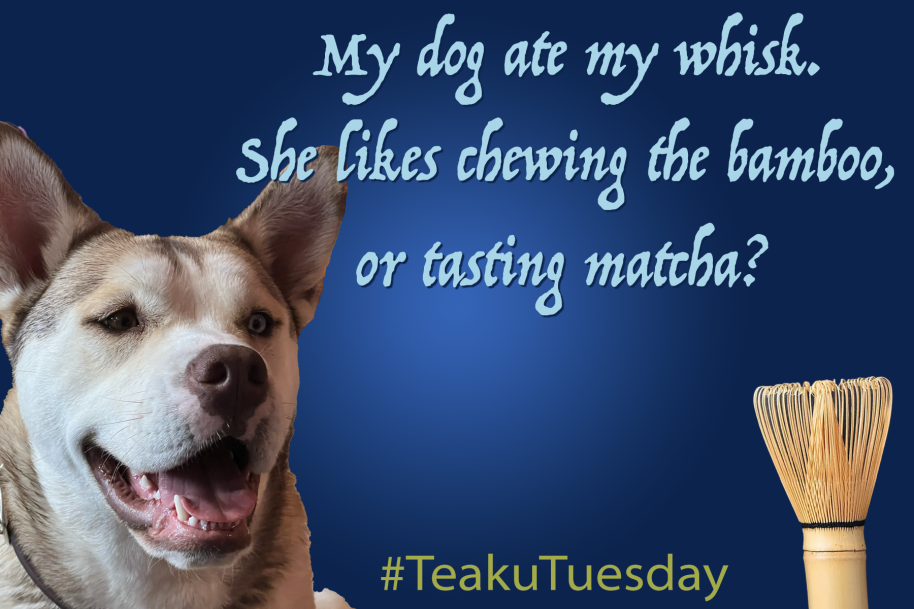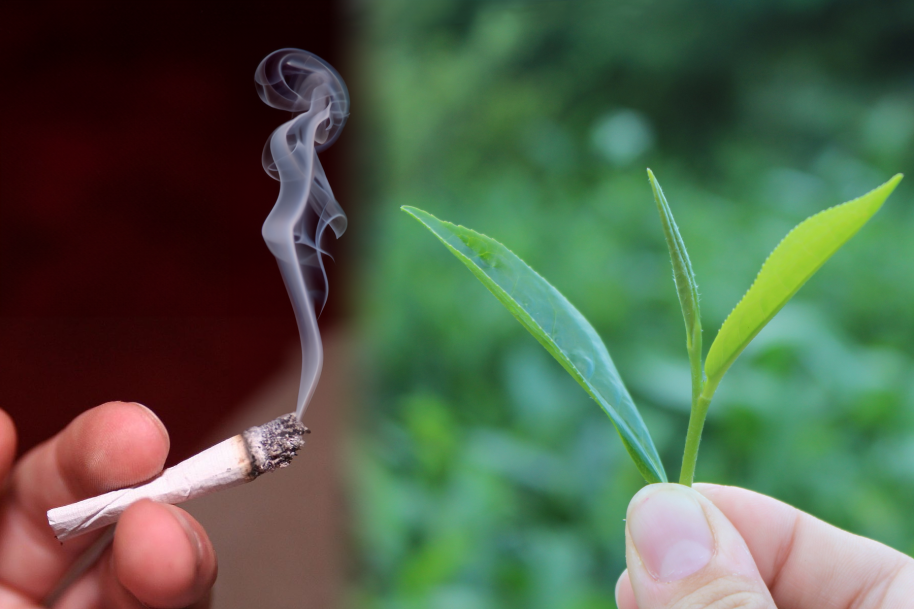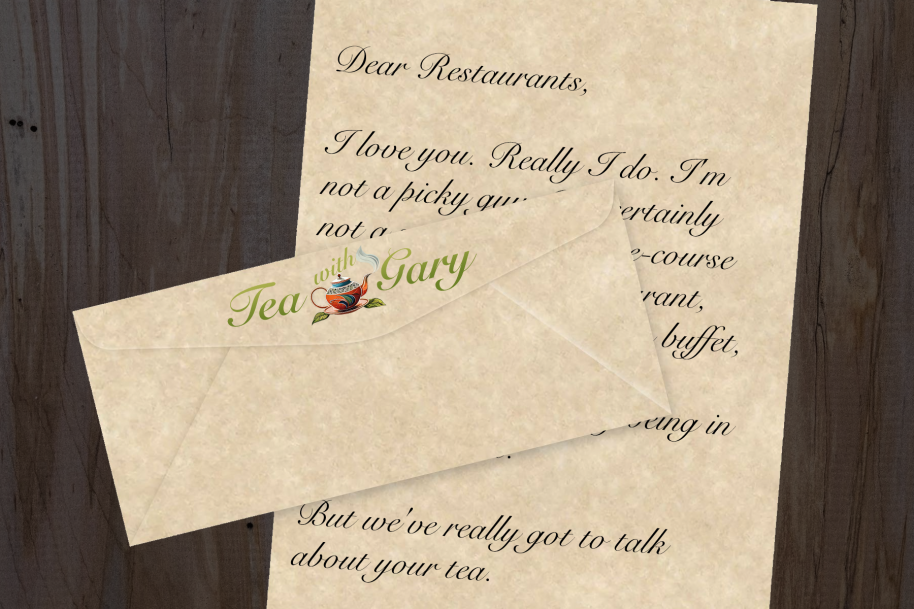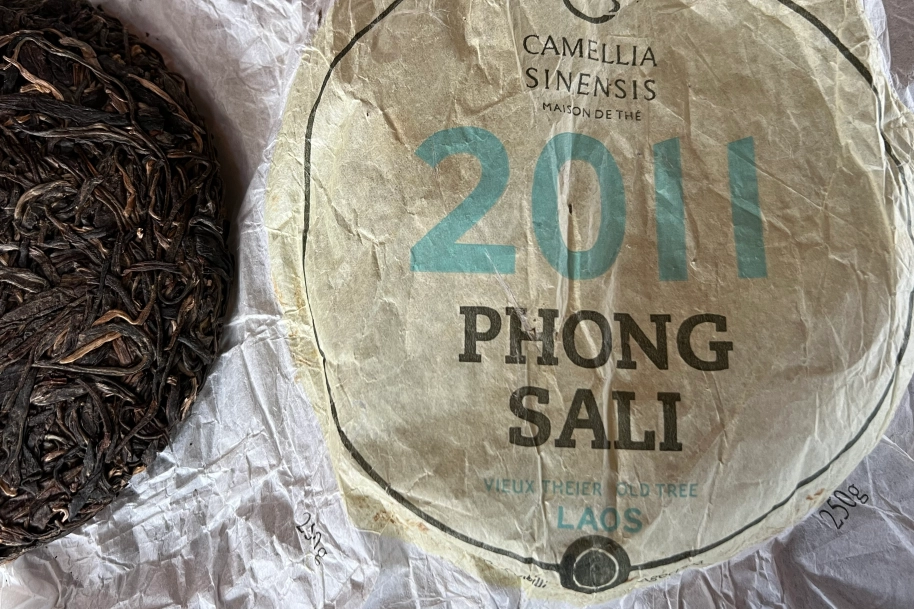Home
ABOUT ME
Unlike most Americans, I’m not a coffee fan, but I love tea! I’ve been drinking it all my life, but I never realized the depth and complexity of the tea world until my wife and I started our first tea bar in 2009. I’m not a tea seller anymore. Instead, I share my love of tea and tisanes (yerba mate, rooibos, honeybush…) through this web site, my books, and my podcast (coming soon!). I hope you enjoy it!
MYTHS & LEGENDS
I am as much in love with the stories of different tea styles as I am with the tea itself. Many of these wondrous stories are far too short. Some are entirely legend, their origins lost in the mists of time. Some are based heavily on fact. Some are purely the product of my own imagination. In this book, I have retold seven of them them my own style, focusing on building a sense of the time, the setting, and the characters — bringing the stories of tea to life.
WHAT’S NEW
-

Blogging on a schedule
When I’m bored and not inspired enough to write something, I sometimes read silly things like blogging tips. They always seem to include the obvious, like “write interesting things” and “allow your personality to show through.” They also all seem to include, “always blog on a regular schedule.”
-
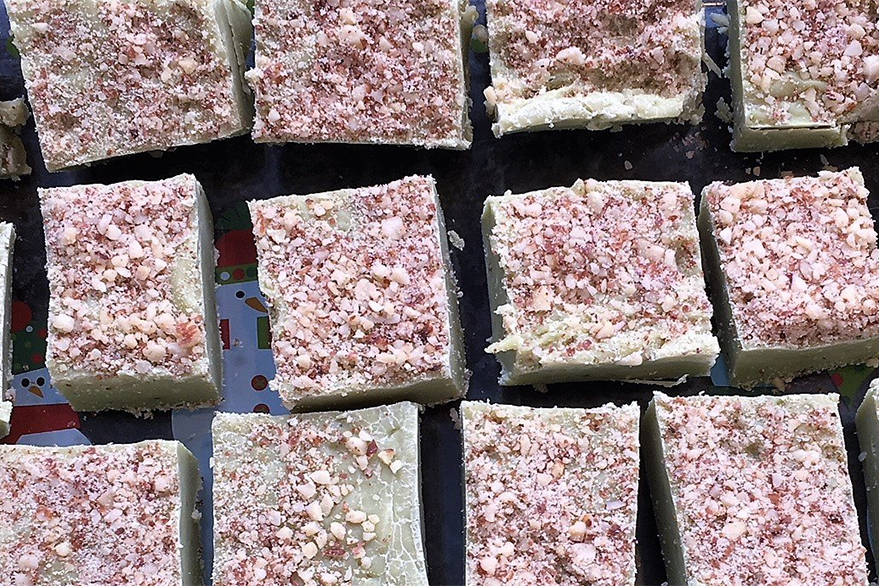
Quick and Easy Peppermint Matcha Fudge
My wife, Kathy, decided that since it was almost Christmas, we should have a special treat. We have a brand-new peppermint matcha at the shop, so she decided to do a quick and easy matcha fudge. It’s a white chocolate bakeless recipe; Kathy calls it “cheater” fudge.
